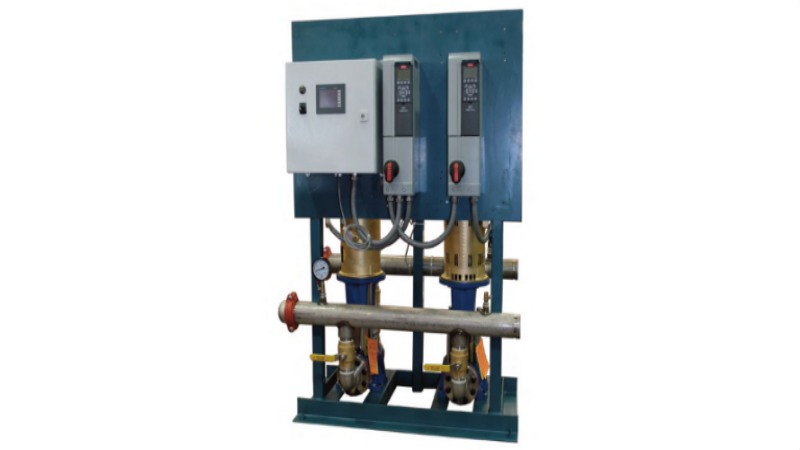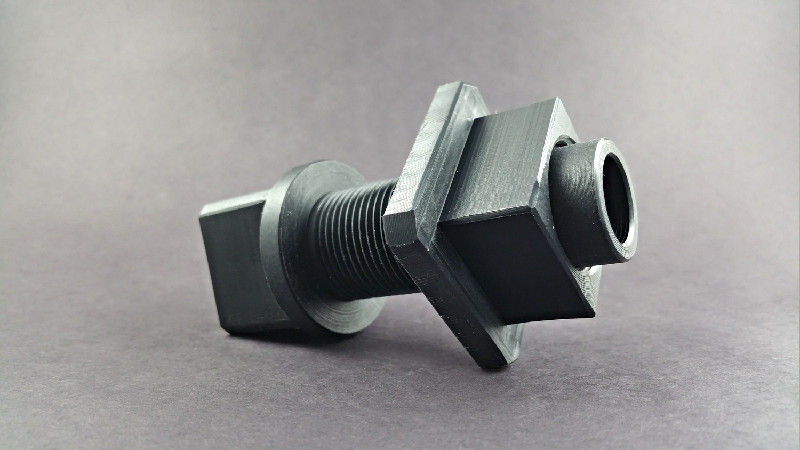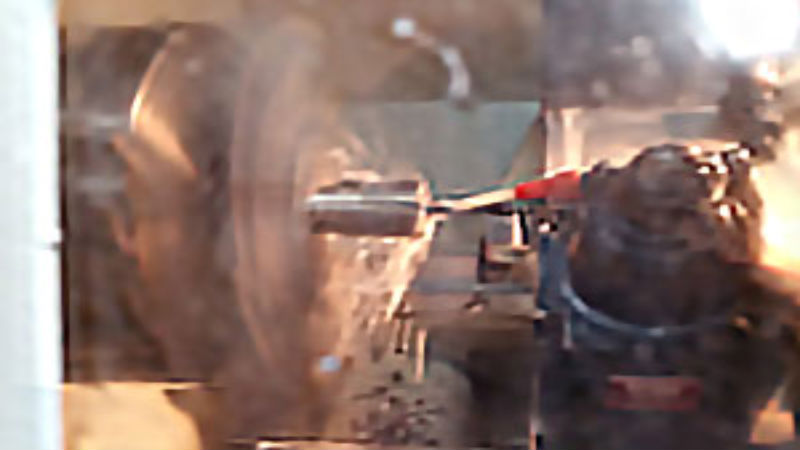One of the limitations of standard types of hydraulic cylinders is the limit of the stroke or the extension of the rod from the cylinder. In standard cylinders, the length of the stock is less than the overall length of the cylinder body, which creates a problem when longer extensions are required.
To work around this limitation, telescopic cylinders use stages or sections that fit into each other when retracted and that lift out from each other when extended. This allows the overall stroke length to extended significantly, adding the desired height or length for lifting types of applications.
Considerations
With a standard cylinder, it is important to ensure the load capacity of the cylinder is not exceeded to extend the life of the system. With telescopic cylinders, lifting or pushing at overloaded capacity can result in bending and twisting of the stages, creating provides in retracting the stages and seating back into the cylinder.
The length of the cylinder and the number of stages is always an important consideration in the design. The stages are larger at the base and become smaller at the top, which is an essential component in the design process. Most of these types of cylinders are designed with six or fewer stages, but it is possible to increase the number of stages with some specific design options.
The most common types of telescopic cylinders are single acting. These cylinders operate as the pressure from the hydraulic port at the bottom extends the stages. The removal of the pressure by the equipment operator allows the stages to retract from the weight on the equipment (gravity) and the loss of pressure.
There are also double-acting telescoping cylinders. As these are more complex to design and require additional seals and configurations to allow the retracting stages to press the fluid into the next stage to continue the process.



